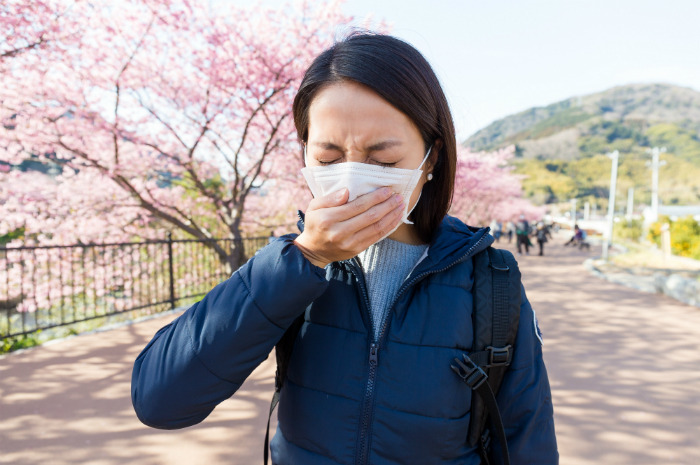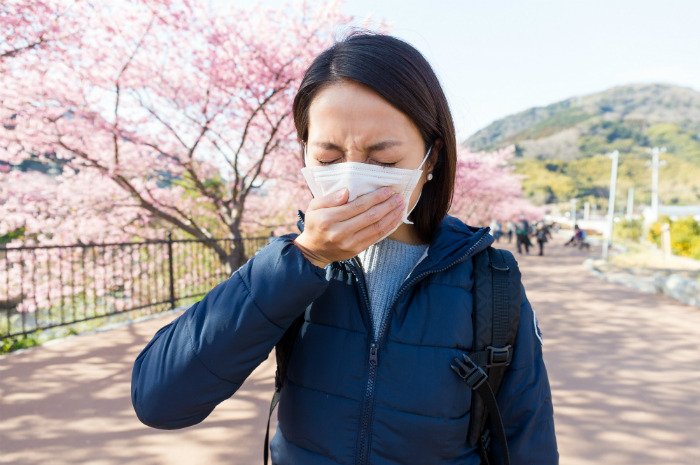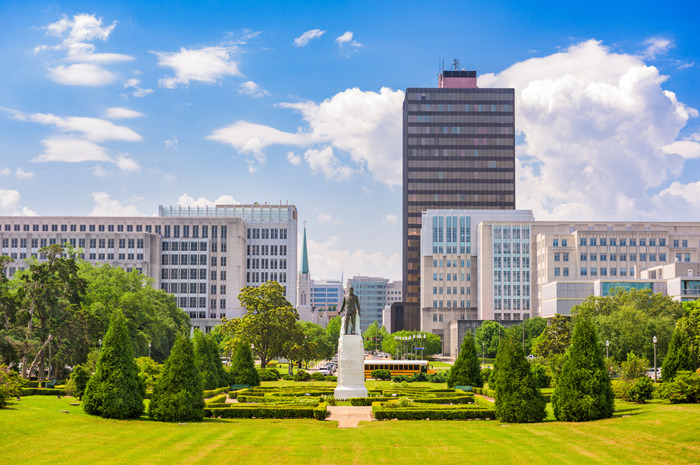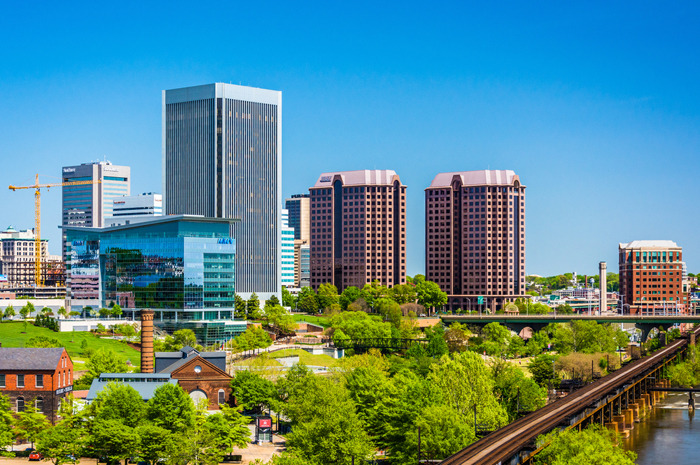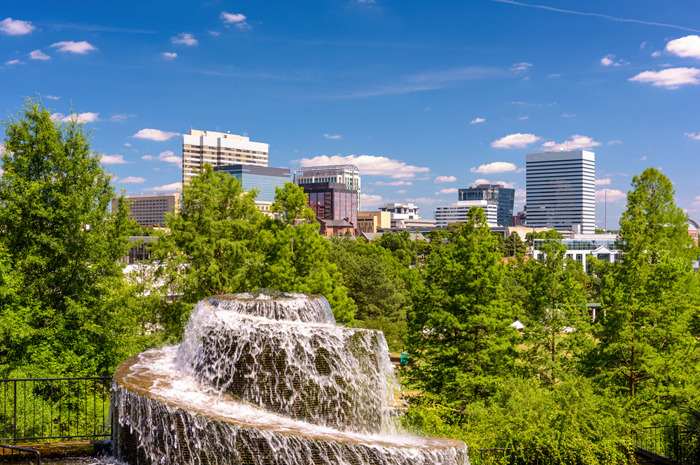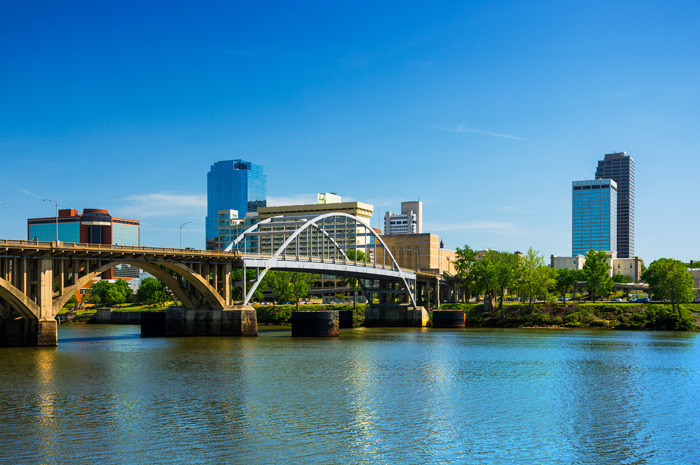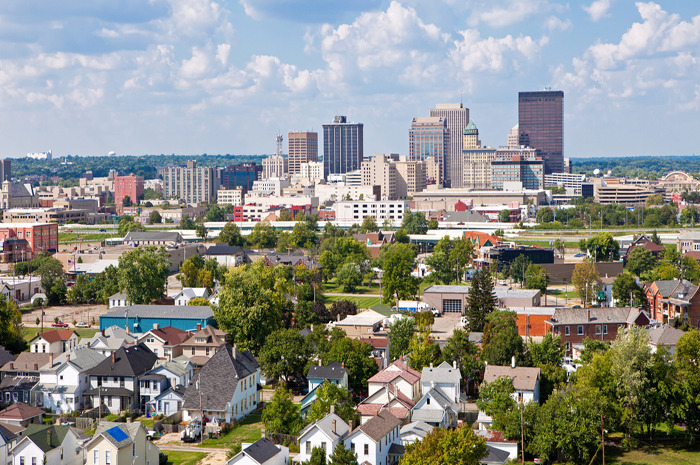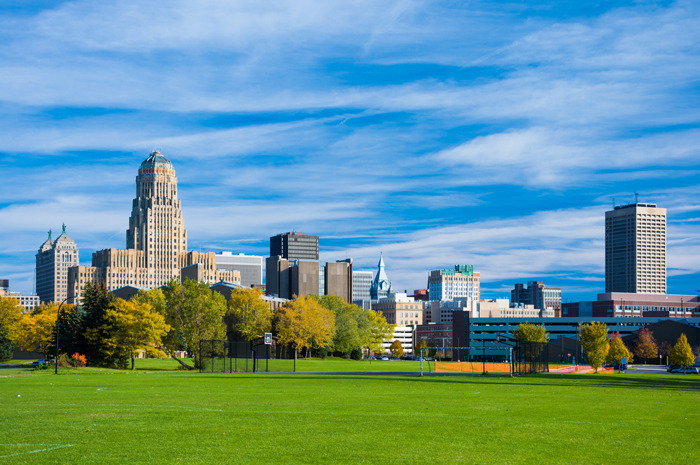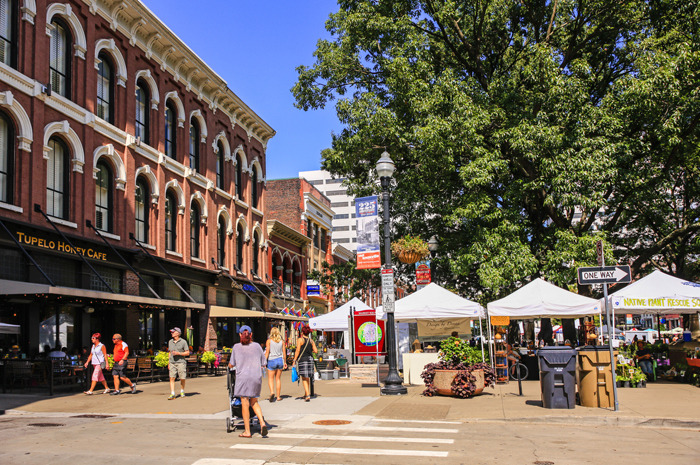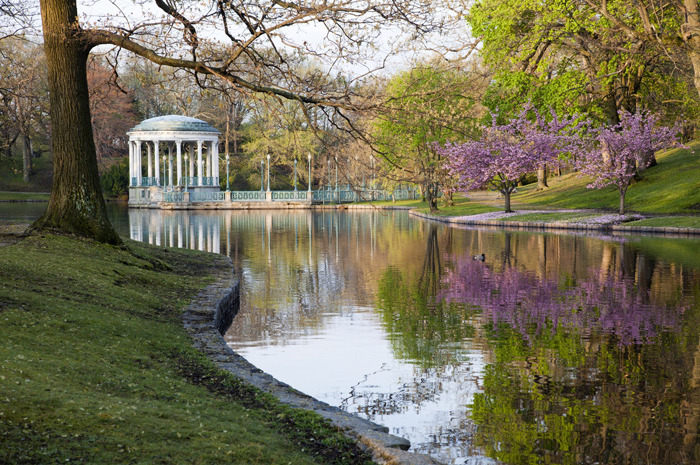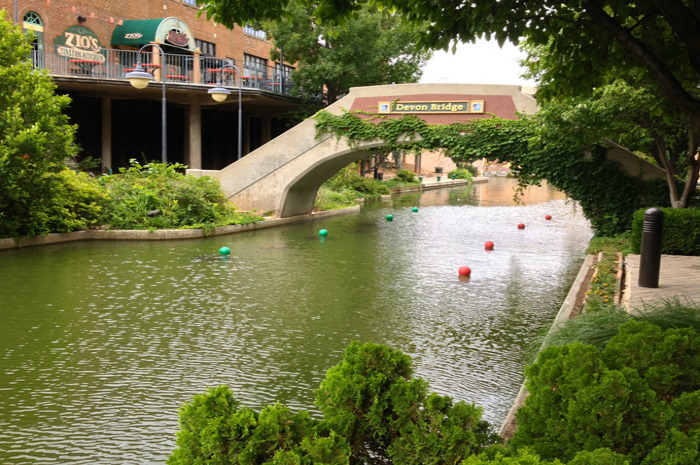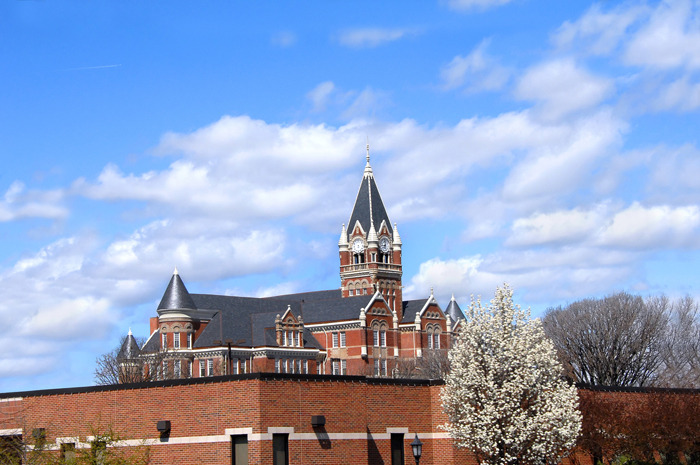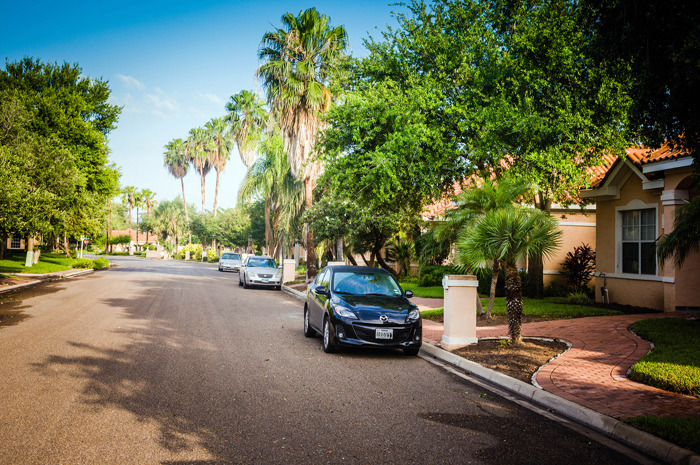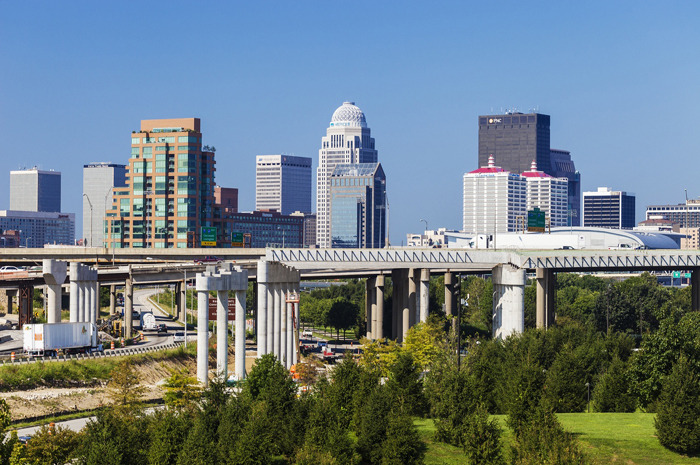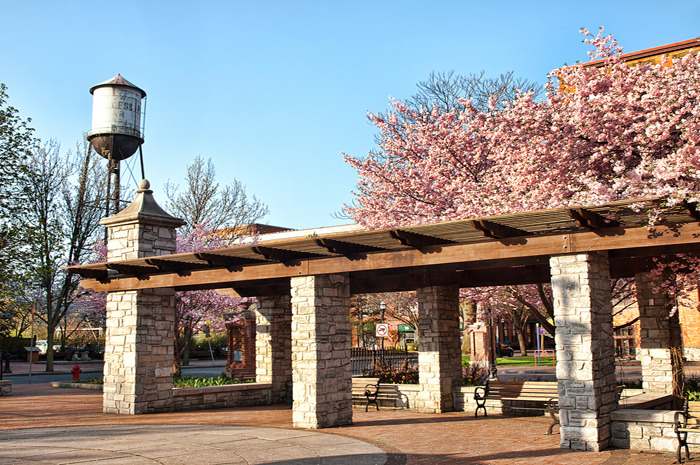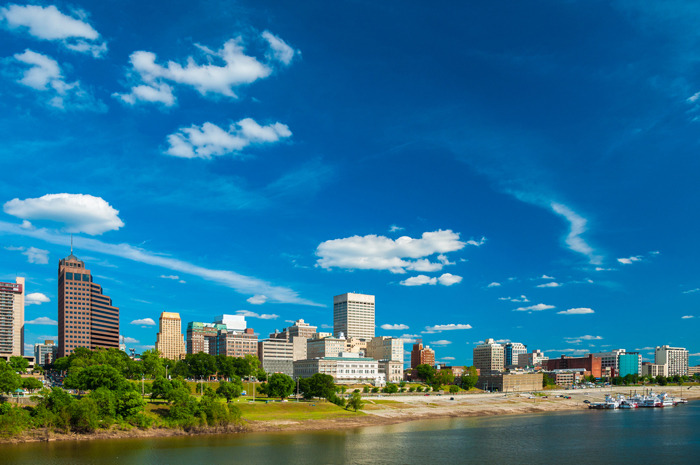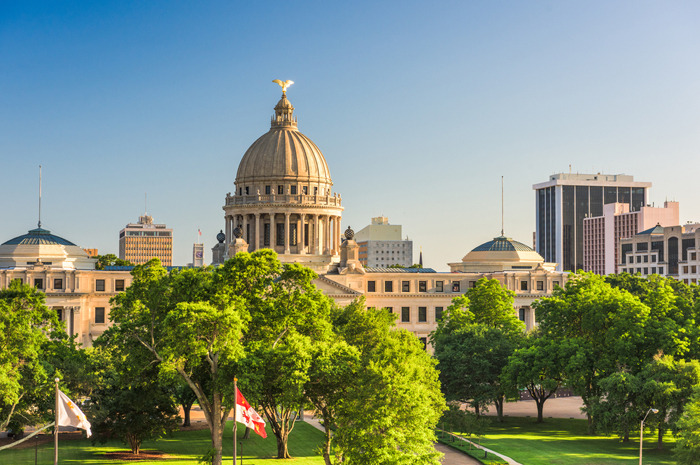Top 15 Worst Cities For People With Spring Allergies
Top 15 Worst Cities for People With Spring Allergies
The following list of spring allergy "capitals" is based on the latest ranking by the Asthma and Allergy Foundation of America (AAFA). The report looks at three key factors – pollen score, allergy medication usage and availability of board-certified allergists.
No. 15 Baton Rouge, Louisiana
Baton Rouge is on the list due to worse than average use of allergy meds per person. Springtime doesn't always mean breathtaking colors and flowers. In Baton Rouge it also means humidity, which can bring random rainfalls. A big rainfall washes down the pollen off the trees and makes symptoms better temporarily. But then, as the weather improves and wind picks up, the dried pollen on surfaces gets aerosolized and worsens the symptoms.
No. 14 Richmond, Virginia
Richmond moved down from No. 10 in 2015 but maintains a spot in the Top 15 because of high pollen scores. Climate change is affecting ground level ozone, causing longer ragweed growing seasons. Global warming has caused changes in the climate by adding more carbon dioxide, which pollen-producing grass and trees thrive on, to the environment and more moisture as well.
No. 13 Columbia, South Carolina
Columbia, the capital of and largest city in South Carolina, has been moving up in the rankings – from No. 34 in 2013 to No. 13. Both pollen score and medicine use are contributing. The city gets an average rainfall of 47.98 inches, about 9 more than the national average. The rain provides future grass, weed or tree pollen growth.
No. 12 Little Rock, Arkansas
Little Rock is high on the list because the allergy medicine usage per patient has remained worse than average. High weed and mold counts are to blame. The increased pollen causes more allergy symptoms. In addition to that, the ozone due to global warming causes more asthma suffering for allergy sufferers and non-allergy sufferers.
No. 11 Dayton, Ohio
Dayton is another regular on the list. Moving up and down a couple of spots every year, the sixth largest city in the state remains one of the worst places for allergy sufferers because of the city's worse than average pollen levels and the use of meds per person for treatment. The allergy season in Dayton is usually more severe because many plants and trees bloom simultaneously, releasing a lot of pollen all over the streets.
No. 10 Buffalo, New York
Buffalo made the biggest jump in the Top 15 cities that are worst for spring allergies, moving from No. 36 to No. 10 in a year. Pollen levels have been the major problem. The rapid temperature changes from global warming and the changes in moisture have caused a blending of the seasons, exponentially increasing allergy symptoms. The sunny and dry springs in Buffalo mean that pollen sticks around for longer.
No. 9 Knoxville, Tennessee
The pollen levels are not that different than in other cities on the list but people take more medications to treat the symptoms, suggesting they are more severe. Pollen from oak, birch, and maple box elder trees is likely the culprit. The mountains around the city contribute to the sneezing and sniffling because they trap the tiny particles in the valley.
No. 8 Providence, Rhode Island
Providence has been moving higher and higher on the list. It was No. 25 in 2012, reaching No. 17 in 2014, and No. 9 last year. It is now No. 8. This is mostly due to the fact that the allergy medications usage has gone up.
No. 7 Oklahoma City, Oklahoma
The capital of the Sooner State was No. 3 in 2015. Its overall mark is still "worse than average" because of the city's pollen score and medicine use. Mold, which may be one of the things in your home making you sick, is a year-round problem in Oklahoma City. Staying inside can definitely help with allergy symptoms, but make sure you're not exposed to molds or dust mites. Pets can in bring pollen from outside.
No. 6 Wichita, Kansas
Wichita, the largest city in the state, owes its worse than average pollen score to weeds and grasses, the usual culprit for common nasal allergies. As a result, medicines are used more often, moving Wichita one spot higher on the list. It was No. 7 last year. Vegetation, including pollen producing weeds, grasses and trees, thrive on the increased CO2 and produce more robust pollen.
No. 5 McAllen, Texas
McAllen scored higher than average in all three categories – pollen score, allergy medication usage and availability of board-certified allergists. The fact that the city is in the Rio Grande Valley is not helping. The pollen from cedar trees in mountains are brought by the breeze from many miles away. Dry weather makes things worse. The average annual rain precipitation is only 22.24 inches.
No. 4 Louisville, Kentucky
In a way, Louisville has gotten a little better – it was No. 2 in the previous AAFA ranking. Geography plays a big role in making Louisville bad for allergy sufferers: It's in a river valley, guaranteeing that the city will be enclosed by the pollen released by the Cumberland Mountains to the northwest and Smoky Mountains to the southeast.
No. 3 Syracuse, New York
Syracuse was the big surprise on the Top 3 list, moving up 17 spots in a year. The city received very high pollen scores. This is due to the blankets of snow in the past. It enriches the ground to provide more moisture and this increases fungal growth and mold spore release. It also enriches other pollen growth. Syracuse is the worst place for allergies in the Northeast.
No. 2 Memphis, Tennessee
Memphis, which also happens to be on the list of least fit cities in the U.S., is often on the list of spring allergies capitals. The pollen score and the use of allergy medicine have been ranked above average of 300 cubic meters daily and 0.98 medications per patient, respectively. Trees tend to grow better with warm air and intermittent rain.
No. 1 Jackson, Mississippi
Jackson appears regularly on the list of the worst cities for spring allergies. It was No. 1 in 2015 as well. The pollen is too thick there. Moderate temperatures, foliage and humidity have created perfect conditions. Humidity from precipitation also causes growth of fungus and release of mold spores.
